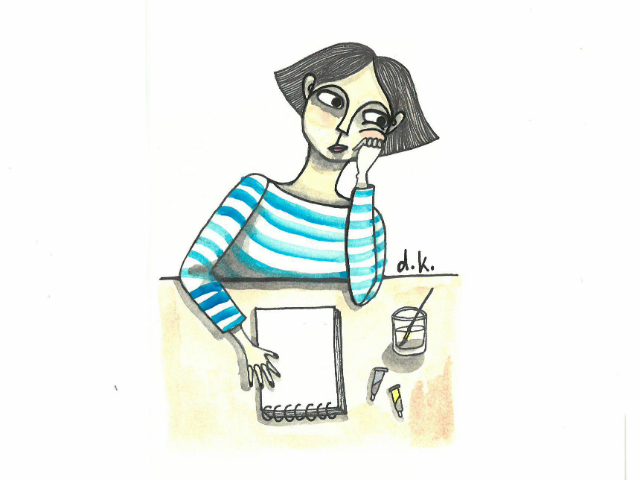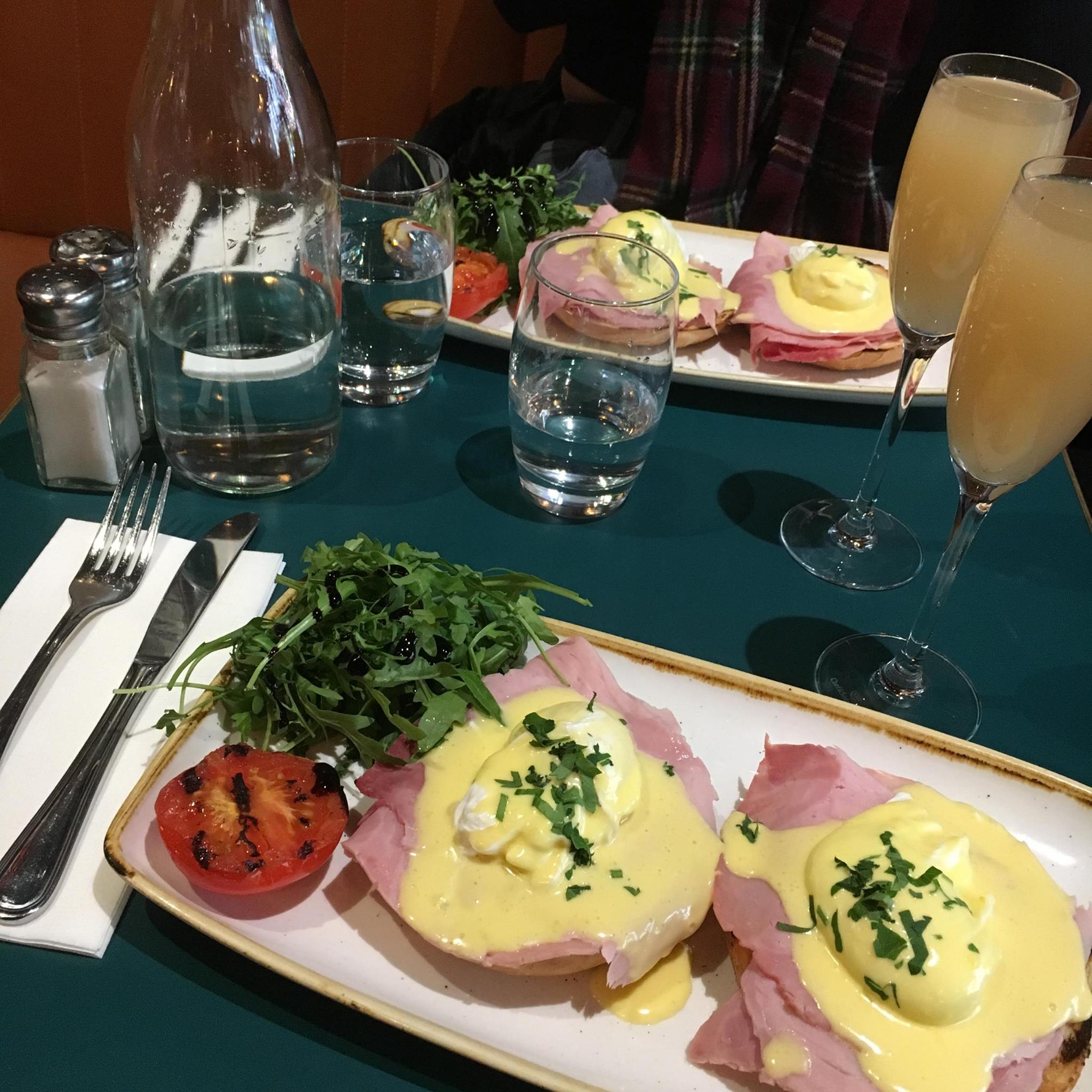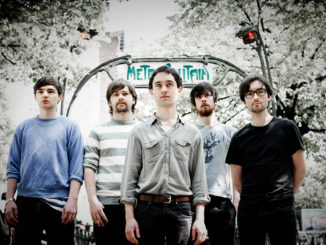
[dropcap]D[/dropcap]espite Ireland’s tiny size, the small island has produced some of the world’s leading poets, composers and artists. Twentieth-century Irish artists such as Jack Butler Yeats, Evie Hone and Sean Keating are renowned for their work worldwide. Irish art is embedded in Irish culture as much as the Irish language, Sean-nós singing or Céilí Dancing.
However, Irish artists today share the burden of facing new challenges that their predecessors did not need to face.
We now live in a world of filters and aesthetics. The lives of the ‘millennial generation’ exist almost entirely online. The Irish romantic-realist painter Sean Keating didn’t have an Instagram account, and he certainly did not have an Instagram aesthetic. What he did have, however, was the opportunity to exhibit at the Royal Hibernian Academy (RHA). He first exhibited at the RHA in 1914 and showed every year since for sixty-one years.
Traditionally, art exhibitions were the only way that an artist’s work could be seen on a large scale. However, in the modern era with new technology, anyone can set up a public social media account and can personally curate and display their creations. While this has its benefits, it also has its downfalls.
With more artists displaying their work on social media such as Instagram and Facebook, it has become increasingly difficult to stand out from the crowd and be recognised. Juliana Hearty, a young aspiring artist from Dublin who recently set up her own craft business spoke about her difficulty breaking into the industry due to the high volume of competing artists.
“For most young artists, their first point of getting their art out there is on Facebook or Instagram, and some may have a better handle on the use of them than others,” she said. However, she is optimistic about her future in the industry. “I think you have to make a niche for yourself in this industry, don’t restrict yourself to one style or art form, and just maybe you might get noticed”.
Many Irish artists feel that the difficulty in becoming an artist in the world we live in today is underrated. “Works of art as singular objects or pieces are not appreciated for their skill, creativity or sheer beauty, but more so on who has created them” said Kate O’Keefe, a student currently studying fine art in NCAD.
Much like other professions including journalism and music, branding, consumerism and marketing have become an essential part of making it in the industry. Talent alone is no longer enough to make it in the saturated market. With peers running highly successful social media accounts, not ‘getting with the times’ so to say is simply not an option. “It’s about selling yourself rather than the artwork,” said Kate.
“We are told time and time again that if we want to be successful we must first be businesswomen, and artists second.
“We must tailor our work to suit more design and commercial areas, even though we are studying fine art”.
Many young artists feel that one of the main challenges is simply that being an artist is not recognised as a profession. It can be said that historically, artists were respected members of Irish society but in the modern era, the general ‘meas’ for artists has been forgotten. Often, budding young artists are left without pay for their work.
“We are briefly taught about how to write up contracts but not enough and it can be difficult to grasp seeing as we don’t study business so wouldn’t really see loopholes as such in an agreement or contract,” said NCAD student Clióna Dempsey. “It seems that you can easily be caught out and end up not being paid for doing a job for someone”.
The best advice a budding artist in our time should remember is from J.D. Salinger; “An artist’s only concern is to shoot for some kind of perfection, and on his own terms, not anyone else’s.”
Millennial artists live in a society where everything they do can be criticised by anyone and everyone. Millennials in general suffer the harsh judgement of the online world, but for artists, it can be enough to make or break their career. When your career depends on you making a name for yourself, you want to make sure that your name is recognised for the right reasons. There’s no doubt that becoming an artist today means facing many challenges. However as the world is ever-changing and society is adapting to such changes, the artists really have no choice but to openly accept the challenge. As Ralph Waldo Emerson once said; “Every artist was first an amateur”.



